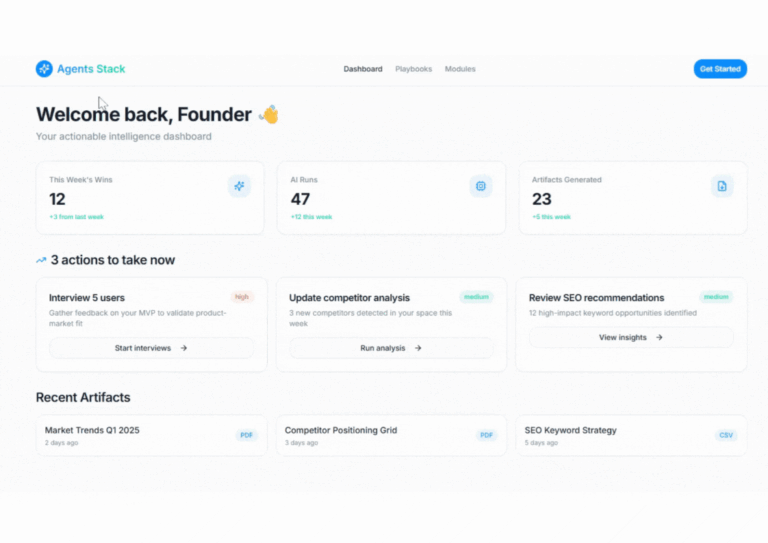In 2024, businesses around the world are grappling with a volatile economic environment, marked by fluctuating markets, inflation concerns, geopolitical tensions, and supply chain disruptions. Economic uncertainty has become a defining characteristic of the modern business landscape. In such a climate, organizations must pivot from simply surviving to strategically positioning themselves for resilience and sustainable growth.
Navigating through economic uncertainty is not just about weathering the storm—it’s about building a foundation that allows businesses to thrive in the face of adversity. This article explores the key strategies businesses can adopt to enhance resilience, ensure stability, and continue to innovate amidst unpredictable conditions.
Understanding the Landscape of Economic Uncertainty
The global economy in 2024 remains unpredictable, with several interconnected factors influencing its course. A few key drivers of economic uncertainty include:
- Global Inflation and Interest Rates
Inflation rates remain high in many countries, prompting central banks to raise interest rates to curb rising costs. For businesses, this can result in increased operational costs, reduced consumer spending, and tighter credit conditions. - Supply Chain Disruptions
Ongoing supply chain issues, exacerbated by the pandemic and geopolitical conflicts, have forced companies to reconsider their sourcing strategies, leading to cost increases and delays in production. - Geopolitical Risks
Conflicts, trade tensions, and shifting international alliances create a volatile global marketplace. The economic uncertainty surrounding trade agreements, tariffs, and foreign policy directly impacts businesses that operate across borders. - Technological Disruption
Technological advances are rapidly reshaping industries, creating both opportunities and challenges. Businesses must keep up with digital transformation while managing the risks associated with cybersecurity and data privacy. - Shifting Consumer Behavior
In uncertain times, consumer preferences evolve. Demand for certain products and services can fluctuate quickly, and businesses must stay attuned to these changes to remain relevant.
Understanding these challenges is crucial, but more important is how businesses respond to them. The following strategies are designed to help companies not just survive, but emerge stronger from economic uncertainty.
1. Embrace Flexibility and Agility
In uncertain times, the ability to adapt quickly is crucial. Businesses that can pivot their strategies, products, and operations will have a better chance of thriving. Flexibility and agility are about fostering a mindset of adaptability throughout the organization.
Key Actions for Agility:
- Scenario Planning: Engage in scenario planning exercises to anticipate various economic outcomes. This will help companies create flexible strategies that can be adjusted based on real-time data.
- Responsive Product Development: In times of volatility, the speed at which a company can develop and bring new products to market matters. Focus on agile product development cycles and use customer feedback to adjust offerings quickly.
- Decentralized Decision-Making: Empower leaders at all levels to make decisions. Decentralized decision-making speeds up response time and fosters a more responsive organization.
2. Strengthen Financial Resilience
Financial resilience is the backbone of navigating economic uncertainty. Businesses that maintain strong liquidity, manage debt effectively, and keep operating costs under control are better prepared for unexpected financial shocks.
Key Financial Strategies:
- Diversify Revenue Streams: Relying on a single market or product can be risky. Expanding into new markets, creating complementary products, or diversifying revenue sources can stabilize income streams.
- Cost Control and Efficiency: Tighten operational costs by identifying inefficiencies in the organization. Automation, outsourcing non-core functions, and optimizing supply chains can help reduce unnecessary expenditures.
- Maintain Cash Reserves: Build and maintain a financial cushion. Having cash reserves allows businesses to weather temporary downturns, invest in growth opportunities, or absorb shocks from unexpected challenges.
3. Invest in Technology and Digital Transformation
Digital transformation is no longer optional—it’s essential for survival and growth. In uncertain times, technology can provide the tools necessary to streamline operations, enhance customer experience, and unlock new revenue channels.
Digital Strategies for Resilience:
- Cloud Computing and Remote Work Solutions: Cloud infrastructure provides flexibility and scalability, allowing businesses to reduce overhead costs and enable remote work. This adaptability is crucial for maintaining business continuity.
- Data-Driven Decision-Making: Investing in data analytics tools allows businesses to make informed decisions by analyzing real-time market trends, customer behavior, and internal performance metrics.
- Cybersecurity Measures: As businesses become more reliant on technology, ensuring robust cybersecurity is crucial. Protecting sensitive data and maintaining customer trust should be a top priority.
- Automation and AI: Automation tools and artificial intelligence can optimize repetitive tasks, reduce human error, and improve overall operational efficiency. Implementing AI can also help companies predict trends and make smarter decisions in uncertain conditions.
4. Build a Strong, Resilient Team
A company’s workforce is its most valuable asset. During times of economic uncertainty, it is essential to foster a resilient, motivated, and adaptable workforce. Companies with strong teams are better equipped to navigate challenges and seize new opportunities.
Team Resilience Strategies:
- Employee Wellbeing Programs: Mental health and stress management support can enhance employee productivity and retention. In uncertain times, employees need to feel supported and valued to maintain morale.
- Training and Upskilling: Offering training programs that focus on resilience, adaptability, and technical skills prepares employees for change. Upskilling also helps fill gaps caused by talent shortages.
- Clear Communication: Transparent and honest communication from leadership about the state of the business and future goals builds trust and keeps employees aligned with organizational objectives.
5. Cultivate Strong Customer Relationships
In times of economic flux, customer loyalty becomes even more valuable. Strong relationships with customers allow businesses to maintain demand, even during downturns, and generate repeat business.
Customer Retention Strategies:
- Personalized Marketing: Use data to offer personalized experiences that cater to individual customer needs. In uncertain times, customers appreciate companies that understand their preferences and provide relevant solutions.
- Customer Support Excellence: Ensure exceptional customer service by providing fast, empathetic, and efficient support. Customers are more likely to remain loyal when they feel valued.
- Transparent Communication: Be open and transparent with customers about how the business is adapting to changes. Whether it’s a supply chain delay or a price increase, proactive communication can preserve trust.
6. Focus on Sustainability and Corporate Social Responsibility (CSR)
Consumers, investors, and employees are increasingly prioritizing sustainability. By integrating sustainability into their operations, businesses can not only reduce costs but also build stronger relationships with customers and stakeholders.
Sustainability Strategies:
- Green Supply Chain Management: Transition to more sustainable sourcing practices, reduce waste, and lower carbon footprints. A sustainable supply chain can offer long-term savings and mitigate risks from volatile resource markets.
- Ethical Marketing and Transparency: Customers are more likely to support brands that align with their values. Emphasize transparency, ethical sourcing, and environmental stewardship in marketing campaigns.
- Sustainable Product Development: Innovate with eco-friendly products and services that meet the growing demand for sustainable options. This not only helps the planet but also appeals to a conscious consumer base.
7. Adapt to Market Shifts and Customer Needs
As consumer behavior changes, so must your business. Shifting priorities, whether due to economic factors, technological advancements, or social trends, necessitate an agile business model that can respond swiftly to new demands.
Market Adaptation Strategies:
- Niche Markets: Focus on niche markets where you can offer specialized products or services. In uncertain times, offering highly differentiated products can help you stand out and reduce competition.
- Subscription Models and Recurring Revenue: Subscription models provide stability in revenue streams and ensure ongoing customer engagement. This can be a crucial strategy for weathering economic fluctuations.
- Diversification and Innovation: Don’t be afraid to innovate. Companies that diversify their product lines or experiment with new business models are often better able to adapt when traditional models are disrupted.
Conclusion: Preparing for a Resilient Future
In 2024, the need for business resilience is more pressing than ever. Economic uncertainty will continue to shape the landscape, but businesses that embrace flexibility, invest in technology, prioritize customer relationships, and adapt to change will not just survive—they will thrive. By implementing strategies that focus on agility, financial strength, innovation, and sustainability, businesses can ensure they are well-positioned to navigate the challenges ahead.
In times of uncertainty, resilience becomes a key differentiator. Businesses that remain proactive, adaptive, and focused on long-term sustainability will emerge stronger and more capable of weathering future storms. As the global economy continues to evolve, embracing these strategies will empower companies to not only overcome adversity but also seize the opportunities that uncertainty presents.
Read more on The Business Vision Magazine for more article related to latest news and trends in Business.






